The first attempted form of communication by humans is through the voice. As soon as a baby is born, it cries, attempting to communicate.
I refer to it as an attempt to communicate because for a communication to be valid, the listener must be able to comprehend what is being said. A newborn’s cry could mean a lot of things: it’s hungry, it wants attention, it’s uncomfortable, it’s hurt or it’s just grumpy about being born. We’ll never know, and that is beyond the scope of this newsletter.

The cry of a baby is heard by others in the vicinity, and they let out a collective sigh of relief.
Throughout the entire process of this “attempted” communication, physics is involved. From the very first cry of a newborn, physics shapes our language.
In this issue of the newsletter, we look at how physics influences speech and hearing. The upcoming issues of the newsletter will investigate various other aspects of language in which physics entangles itself.
Subscribe to stay entangled and not miss out.
The voice originates from the aptly named voice box or the larynx. The larynx houses vocal cords, which are muscle tissues covered by a mucous membrane. The muscles in the larynx control the tension and position of the vocal cords. When we speak, these muscles close the cords completely, leaving a narrow opening. The air pressure from the lungs pushes the air upwards against the closed cords. As air builds up the pressure below the narrow opening, it eventually forces the cords to open and the air rushes through the opening at a high speed.
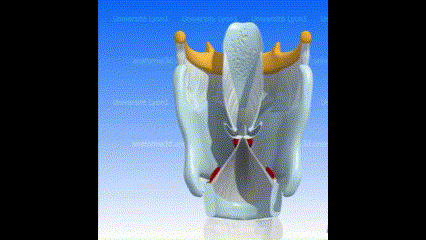
According to Bernoulli’s principle, an increase in the speed of air corresponds to a decrease in pressure. Thus, a low-pressure region is created which pulls the vocal cords back together. This cycle keeps on repeating and this creates a rapid vibration of the vocal cords which are responsible for sound generation.
But sound generation isn’t enough for communication. If we couldn’t manipulate the generated sound, we’d all sound like a weeping baby.
We utilise physics again in order to manipulate the generated sound. We employ our vocal tract, tongue, lips and jaw to manipulate the sounds to distinguish one sound from another.
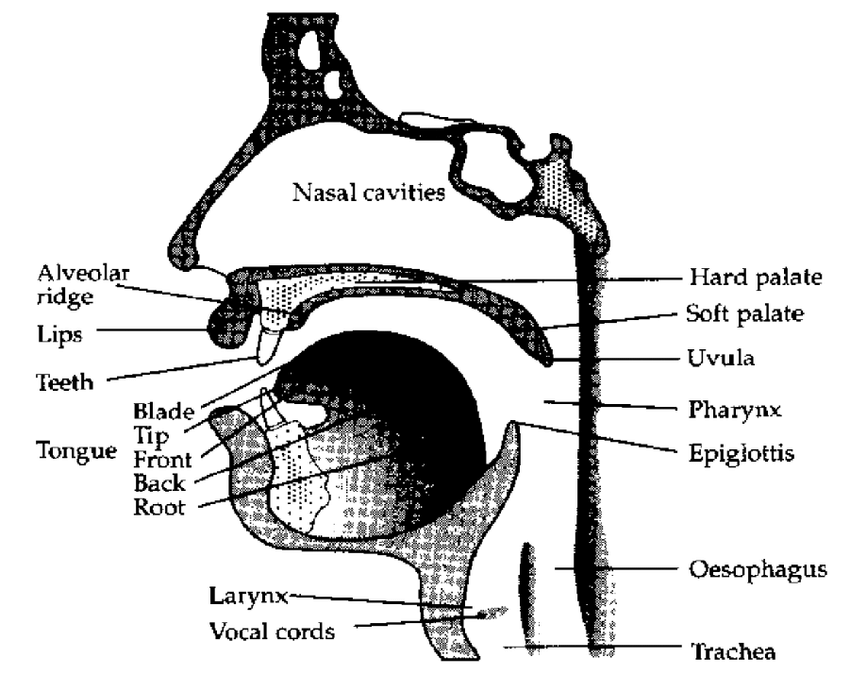
The vocal tract can be simplified to be a pipe, acting as a resonant cavity. The sound waves travel through the vocal tract in the form of standing waves. That is, the waves appear to be stationary or standing.
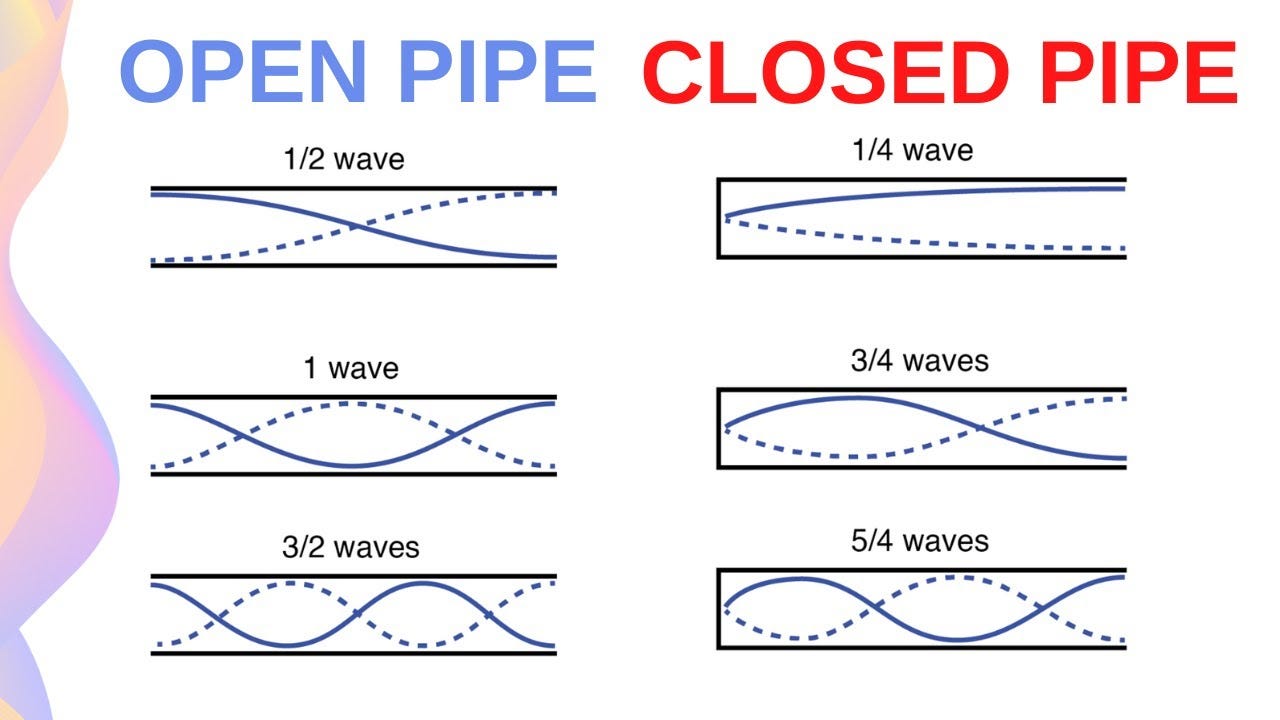
For a certain sound to be amplified, its amplitude must resonate. When resonance occurs, a certain frequency of the sound wave gets amplified. The amplified frequency is the resonant frequency, and it is determined by the size and shape of the vocal tract.
The resonant frequencies of the vocal tract are called formant frequencies. These formants are responsible for shaping the characteristic sound of vowels. Different vowel sounds are produced by changing the shape of the vocal tract, thereby emphasising different formant frequencies.
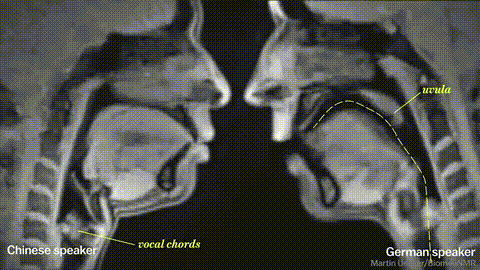
The vowel “ee” is produced with a narrow vocal tract cavity (formed by a small opening formed by a high tongue position). This cavity resonates at higher formant frequencies, resulting in the characteristic high-pitched “ee” sound.
The vowel “ah” is produced with a wider and more open vocal tract cavity (formed by a low tongue position and open mouth). This cavity resonates at lower formant frequencies, creating the open and deeper “ah” sound.

Consonants are typically unvoiced sounds (no vocal fold vibration) or have a short burst of vocal fold vibration. They are created by manipulating the airflow through the vocal tract using different articulators like the tongue, lips, and teeth. These manipulations create partial or complete closures or constrictions in the airflow path.
The consonant “p” is produced by a complete closure of the vocal tract by the lips, followed by a sudden release of air. This sudden release creates a characteristic “pop” sound.
The consonant “s” is produced by creating a narrow constriction in the vocal tract with the tongue near the teeth. This constriction creates turbulence in the airflow, resulting in the hissing sound associated with “s.”
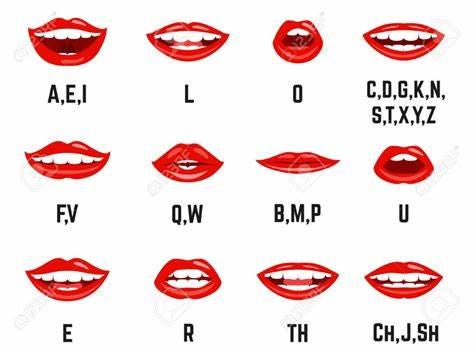
As for the pitch and loudness, the rate of vibration of the vocal folds determines the pitch of our voice. Faster vibrations create higher pitches, and slower vibrations create lower pitches. The amount of air expelled from the lungs affects the loudness of the sound.
When the shaped sound wave exits our mouth, it travels through the air as pressure fluctuations. These pressure fluctuations are what we perceive as sound. A medium such as air is necessary for sound to travel. If you’re ever trapped in space, don’t cry like a toddler because it isn’t a matter of understanding your cries, others won’t even be able to hear you!
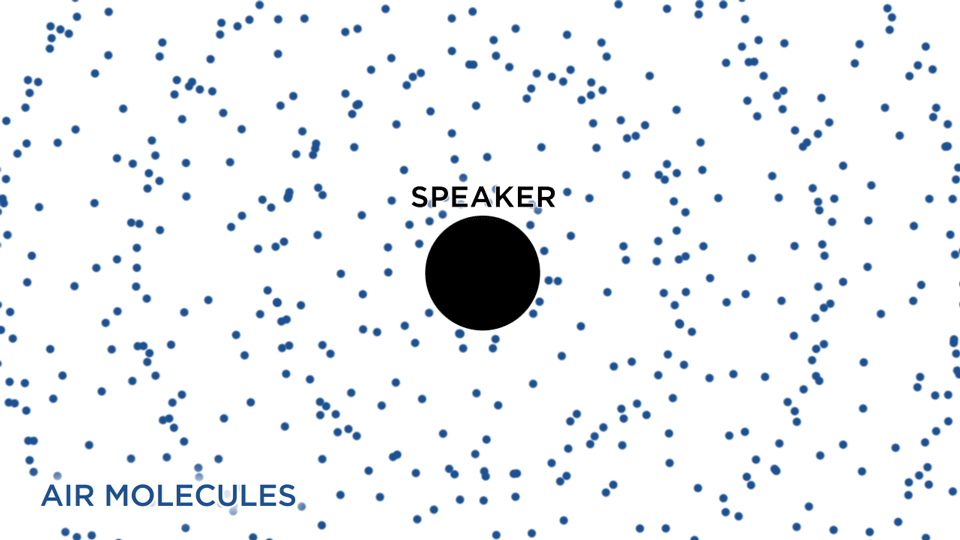
The sound waves reach the outer ear and eventually hit the eardrum, a thin membrane. These waves cause the eardrum to vibrate at the same frequency as the incoming sound wave.
The vibrations of the eardrum are transmitted to tiny bones in the middle ear. These bones further amplify the vibrations and send them to the inner ear, which is a fluid-filled chamber containing hair cells.
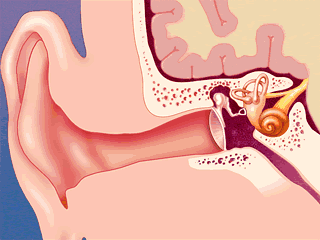
The vibrations cause the fluid in the inner ear to move, which in turn bends the hair cells. This bending stimulates the hair cells, sending electrical signals to the brain through the auditory nerve. The brain interprets these signals as sound, allowing us to perceive speech.

And that’s how physics plays an important role in generating the first cry of a newborn, facilitates the cry to travel through the air into the mother’s ear, decode the cries and understand the cryptic cry, which to everyone else is a noise.
In the next issue, let’s look at how physics influences our writing. Subscribe to stay entangled and not miss the next issue!



